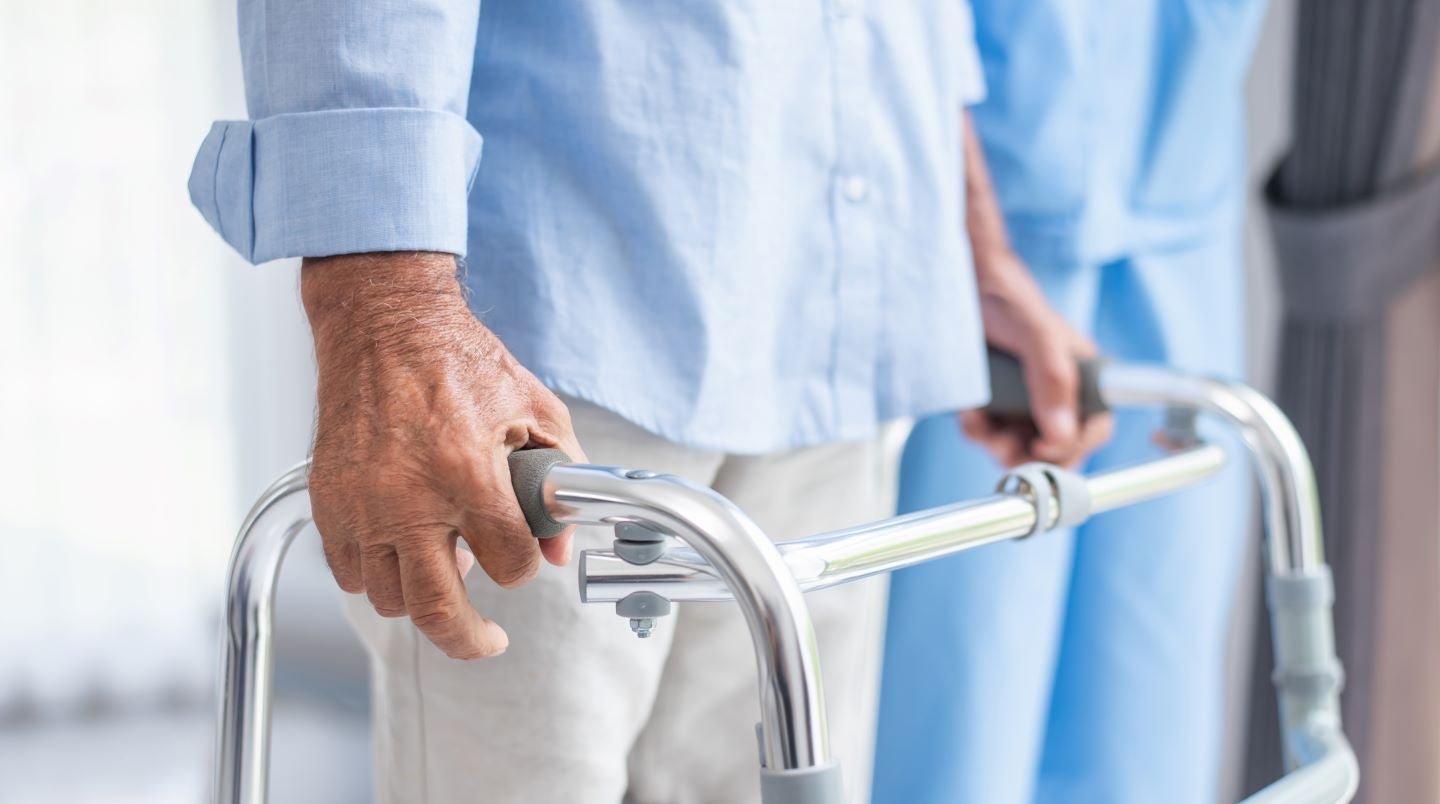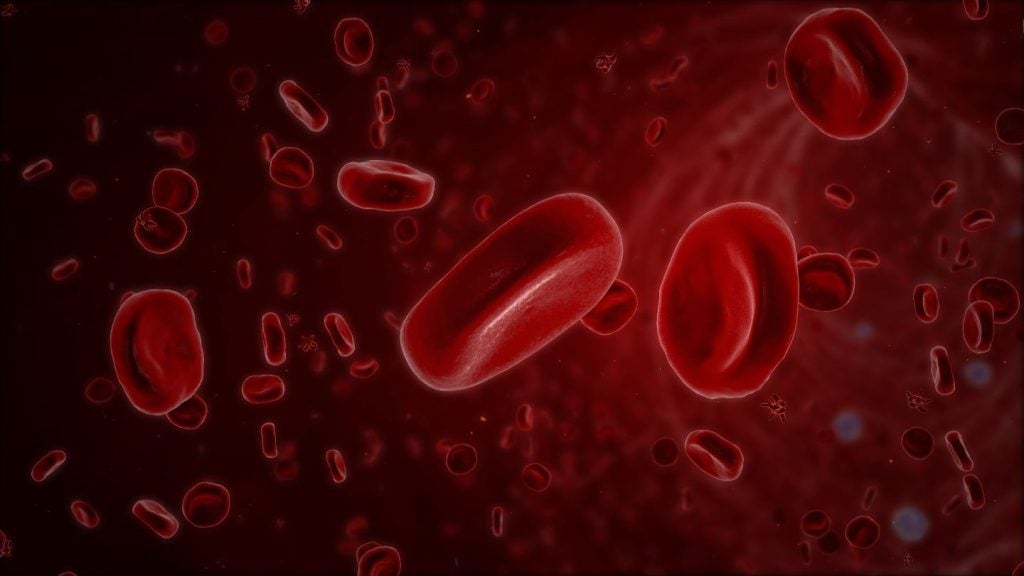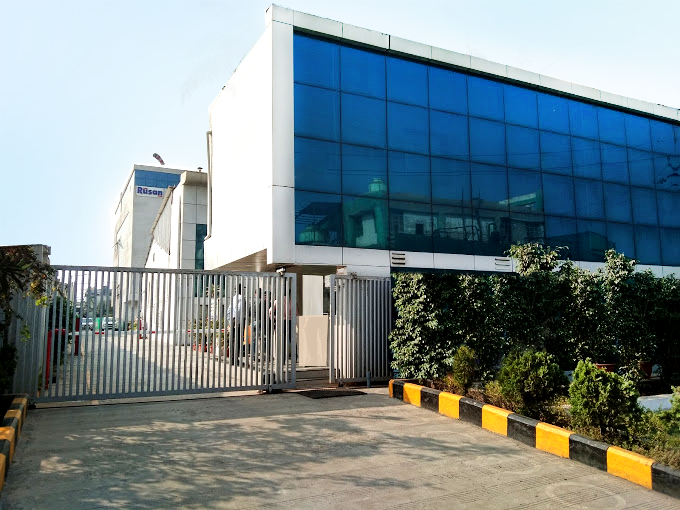Amyotrophic lateral sclerosis (ALS), also known as Lou Gehrig’s disease, is a swiftly advancing, fatal neurodegenerative condition marked by muscle weakness, atrophy, and spasticity. It results from the progressive loss of both upper and lower motor neurons. According to a 2022 publication by Park and colleagues in Frontiers in Neurology, ALS stands as the most prevalent motor neuron disease globally, impacting 200,000 individuals, with an average life expectancy of two to five years following onset. Historically, developing disease-modifying treatments for this rare and aggressive disease has proven challenging. The high failure rate in ALS clinical trials is often attributed to the disease’s unclear aetiology and complex pathophysiology. Thus far in Q1 2024, both Sanofi and Denali Therapeutics’s SAR443820, as well as Ferrer Internacional’s FAB122, have failed to achieve their primary endpoints in Phase II and III studies, respectively. This is following the failure of Cytokinetics‘s reldesemtiv in March 2023, and BrainStorm Cell Therapeutics’s NurOwn in September 2023. However, unlike Ferrer and Cytokinetics, BrainStorm Cell Therapeutics is still fighting for NurOwn and according to a December 26 press release, has acquired three new patents for NurOwn and NurOwn-Exosomes as a safeguard for NurOwn’s cell therapy, fostering hope for a strong market position upon potential approval, both positioning Brainstorm Cell Therapeutics favourably for monetization and adding to the overall ALS treatment portfolio.
Currently the available treatments for ALS include Sanofi’s Rilutek (riluzole), a glutamate antagonist, first approved in 1995, genericized across the eight major markets (8MM: US, France, Germany, Italy, Spain, UK, Japan, and Canada), and Mitsubishi Tanabe’s Radicava/Radicut (edaravone), a free radical scavenger approved in 2017, only available in the US, Canada, and Japan. Among the latest innovations to enter the US market are Amyx’s antisense therapy Relyvrio (sodium phenylbutyrate and taurursodiol) and Biogen’s Qalsody (tofersen), which targets apoptotic regulation. Despite the two new approved therapies, key opinion leaders (KOLs) interviewed by GlobalData expressed that all available treatments, including newly approved Relyvrio and Qalsody, lack efficacy in their mechanisms of actions (MOAs) and only succeed in prolonging life by a moderate margin, and therefore, there is an urgent necessity to pivot the treatment paradigm towards novel disease-modifying drugs (DMDs) that can ultimately offer a cure for ALS patients as opposed to merely addressing symptoms.
GlobalData’s upcoming Amyotrophic Lateral Sclerosis Updated Market Analysis and Forecast to 2029 report explores several pipeline assets in the disease space with MOAs varying from those seen in currently available marketed drugs. These MOAs include tyrosine kinase inhibitors (TKIs), leukotriene receptor antagonists (LTRAs), interleukin-2 antagonists (IL-2), monoclonal antibodies, stem cell therapies, poly(A)-binding proteins (PAB), d2 dopamine receptors (D2), and vitamin B12. The ALS pipeline comprises 109 candidates in various stages of development (Phase I–III) across the 8MM. Among these, 12 drugs are in mid-late-stage development (Phase II–III) and are poised to enter the market within the next five years. With numerous pipeline agents that have diverse mechanisms of action under investigation, KOLs interviewed by GlobalData in January 2024 have expressed that the treatment landscape will evolve significantly within the next decade rather than the next five years. Thereby, GlobalData anticipates significant opportunities for pharmaceutical companies in development of more efficacious and safer drugs.










Related Company Profiles
Sanofi
Denali Therapeutics Inc
Cytokinetics Inc
Mitsubishi Tanabe Pharma Corp
Biogen Inc